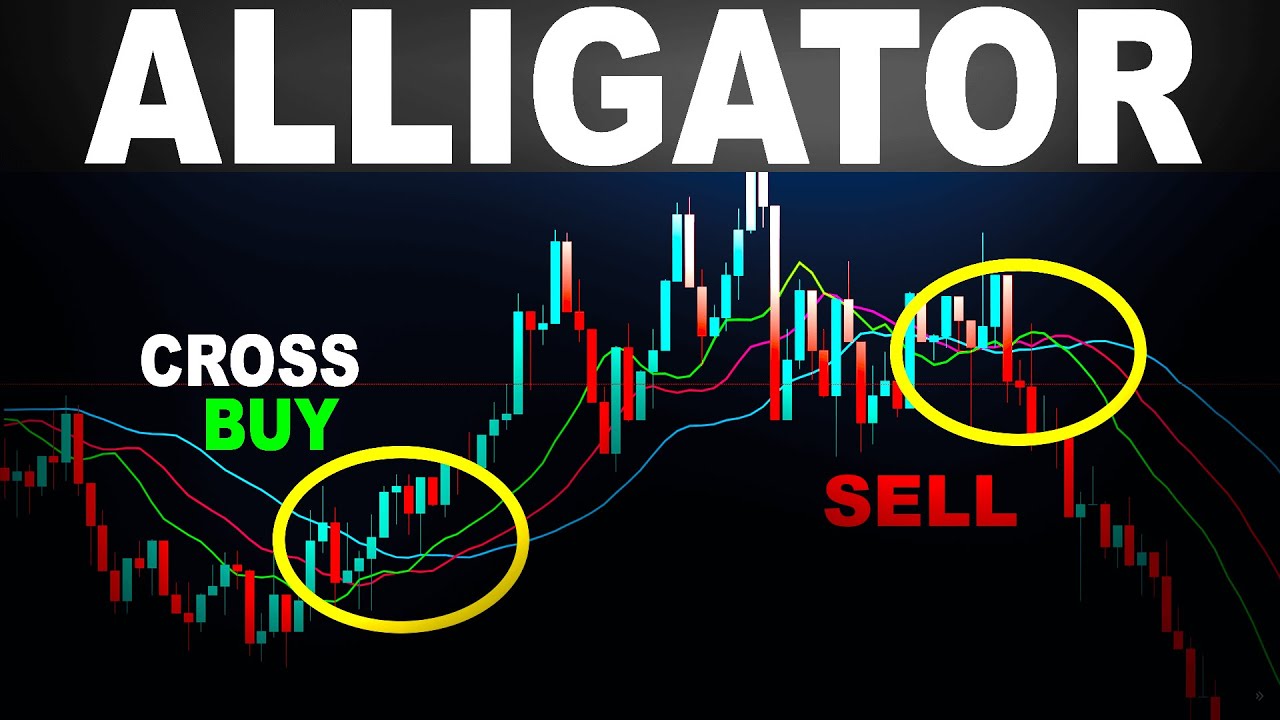The Alligator indicator is named after its three lines that resemble an alligator’s jaw, teeth, and lips. It helps identify trend direction and ranging markets. Traders should use it to avoid losing money in sideways markets and analyze multiple timeframes to find the long-term trend direction. Set stop-loss using the ATR indicator for a better risk-to-reward ratio.
How to Use the Williams Alligator Indicator for Trading
Introduction
The Williams Alligator indicator is a widely used tool to identify trend directions in the financial market. Invented by Bill Williams, the alligator indicator is named after the jaws, teeth, and lips of an alligator. In this article, we will discuss the basics of the alligator indicator and how traders can use it to generate entry signals.
Understanding the Williams Alligator Indicator
The alligator indicator consists of three lines, which resemble moving averages. These lines represent the jaw, teeth, and lips of the alligator. When the lines are far apart, the alligator is considered to be awake and hunting, indicating a trend in the market. When the lines are close together, the alligator is sleeping, indicating a ranging market.
Using the Williams Alligator Indicator to Identify Trending and Ranging Markets
Traders can use the alligator indicator to identify trending and ranging markets. When the price is above all the three lines of the alligator, the market is considered to be in an uptrend. On the other hand, when the price is below the alligator lines, the market is considered to be in a downtrend.
Traders should also pay attention to the distance between the alligator lines. If the jaw, teeth, and lips lines are far apart, there is a strong trend in the market. If the lines are close together, there is no trend, and traders should avoid taking any positions.
Generating Entry Signals with the Williams Alligator Indicator
Traders can generate entry signals with the alligator indicator by looking for crossovers between the lips, teeth, and jaws lines. When the lips line crosses above the teeth and jaws lines, and the price is above all the alligator lines, it is considered a buy signal. Conversely, when the lips line crosses below the teeth and jaws lines, and the price is below all the alligator lines, it is a sell signal.
However, traders should note that the alligator indicator is a lagging indicator, meaning it reacts to price movements slowly. As such, traders should use this indicator in conjunction with other tools and analysis to generate reliable entry signals.
Setting Stop Losses with the Williams Alligator Indicator
One of the biggest challenges with using the alligator indicator for trading is setting stop losses. Since the alligator indicator is a standard trend-following indicator, it does not provide a suitable way to set stop losses. One approach to setting stop losses with the alligator indicator is using the ATR indicator. Traders can multiply the current ATR value by two to determine the stop loss distance.
Conclusion
The Williams Alligator indicator is a useful tool for identifying trend directions in the market. Traders can use this indicator to identify ranging and trending markets and generate entry signals. However, traders should note that this indicator is lagging and should use it in conjunction with other analysis and tools. Additionally, setting stop losses with the alligator indicator can be challenging, but using the ATR indicator can help traders set appropriate stop losses for their trades.

